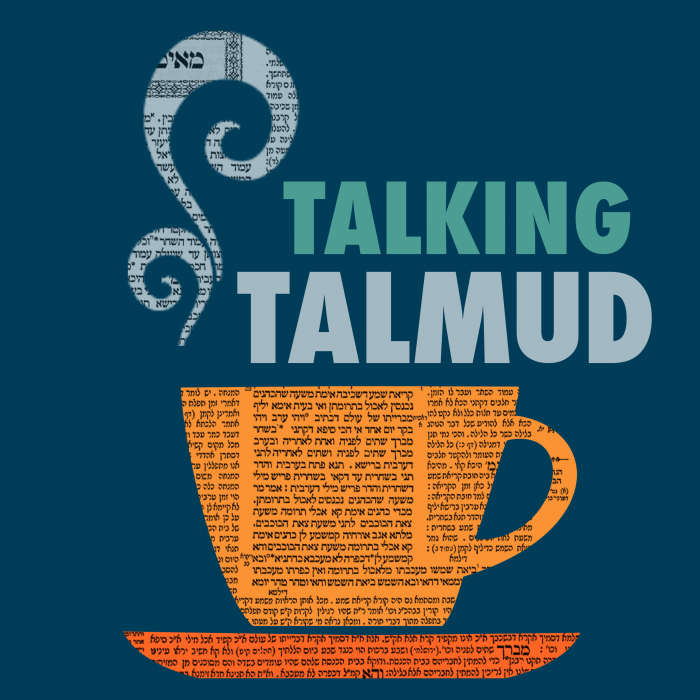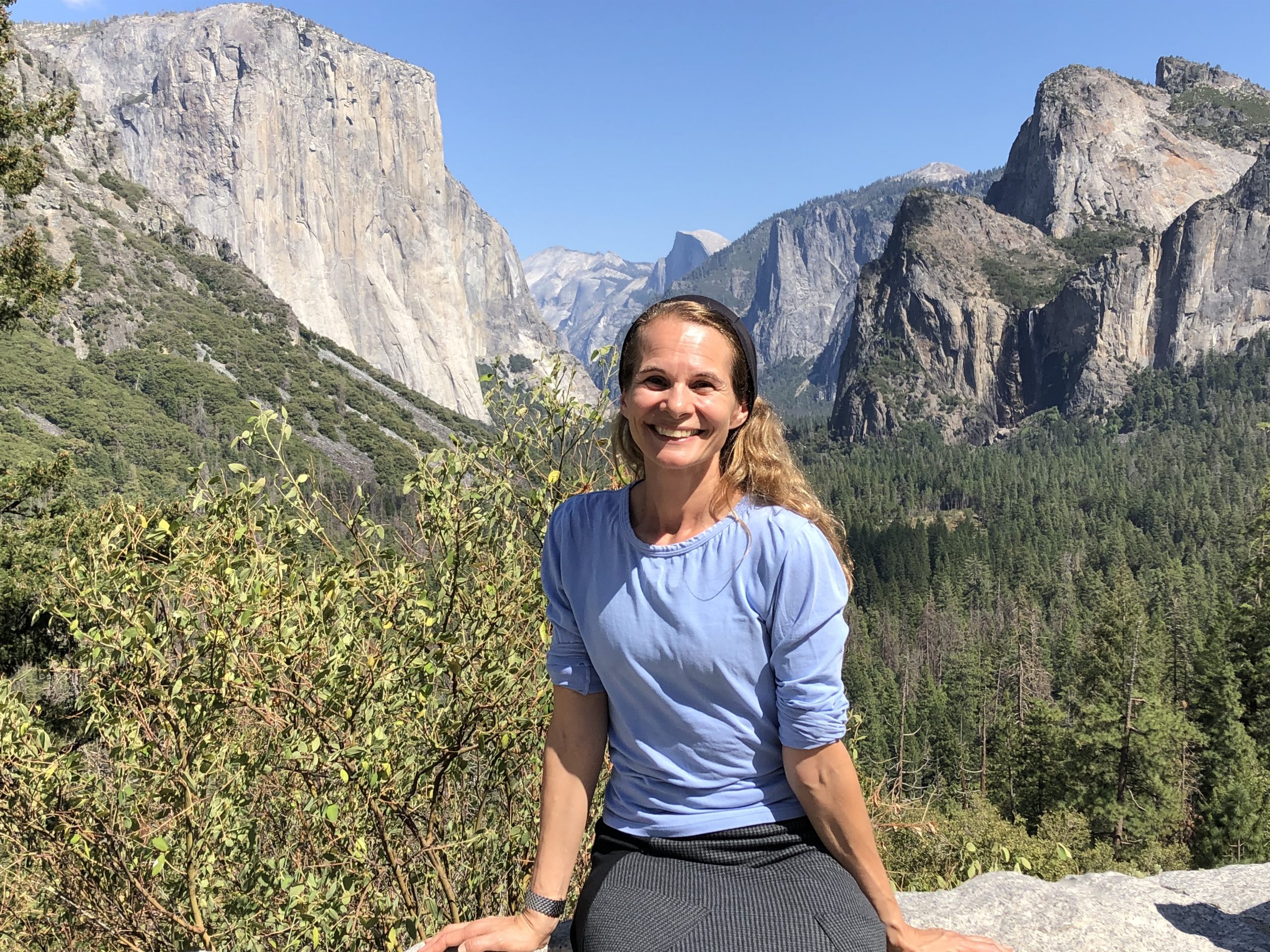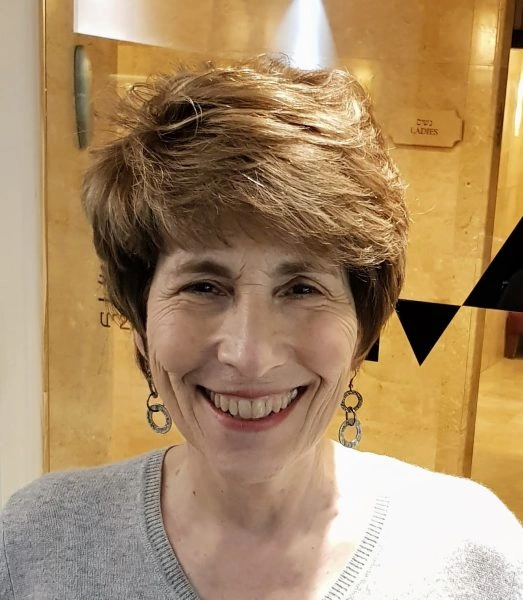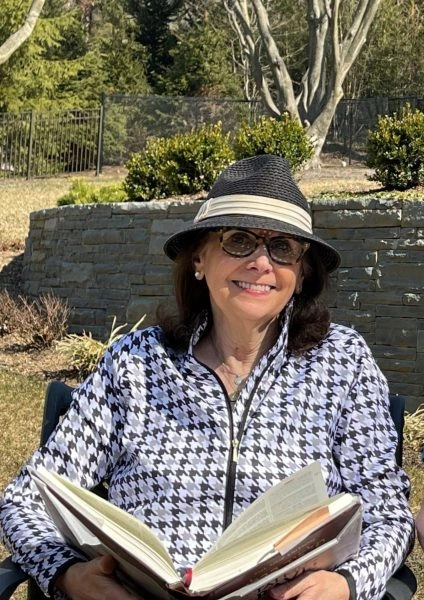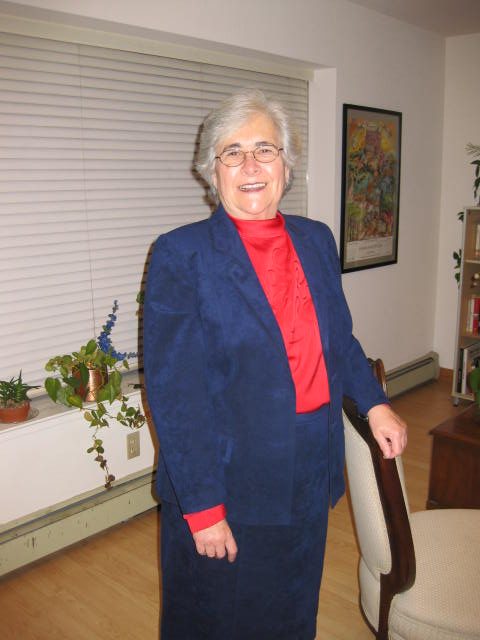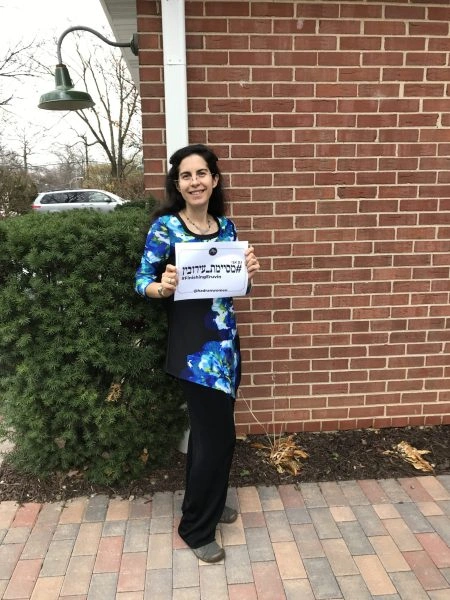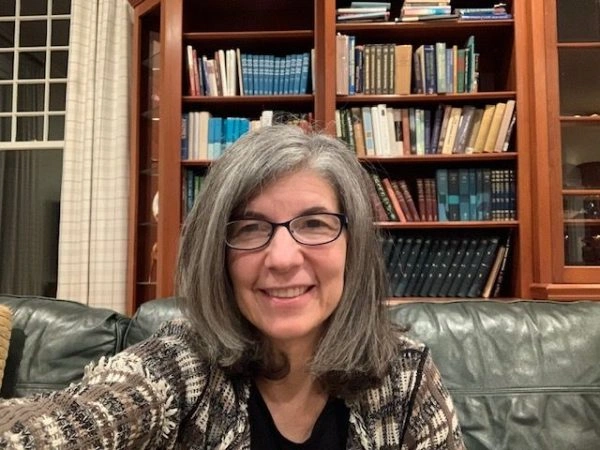Bava Batra 121
מוֹעֲדֵי ה׳ נֶאֶמְרוּ, שַׁבַּת בְּרֵאשִׁית לֹא נֶאֶמְרָה. בֶּן עַזַּאי אוֹמֵר: מוֹעֲדֵי ה׳ נֶאֶמְרוּ, הֲפָרַת נְדָרִים לֹא נֶאֶמְרָה.
The Festivals of the Lord were stated, but Shabbat, which commemorates Creation, was not stated. Ben Azzai says: The Festivals of the Lord were stated, but the dissolution of vows was not stated. This concludes the baraita.
רַבִּי יוֹסֵי בַּר נָתָן גְּמִיר לַהּ לְהָא מַתְנִיתָא, וְלָא יָדַע לֵיהּ לְפָרוֹשַׁהּ. אֲזַל בָּתְרֵיהּ דְּרַב שֵׁשֶׁת לִנְהַרְדְּעָא, וְלָא אַשְׁכְּחֵיהּ. אֲזַל בָּתְרֵיהּ לְמָחוֹזָא, אַשְׁכְּחֵיהּ. אֲמַר לֵיהּ: מַאי ״מוֹעֲדֵי ה׳ נֶאֶמְרוּ, שַׁבַּת בְּרֵאשִׁית לֹא נֶאֶמְרָה״?
The Gemara recounts: Rabbi Yosei bar Natan learned this baraita and did not know how to explain it. He followed Rav Sheshet to Neharde’a in order to ask him about it, but he did not find him there. He followed him to Meḥoza and found him, and he said to him: What is meant by Rabbi Yosei HaGelili’s statement: The Festivals of the Lord were stated, but Shabbat, which commemorates Creation, was not stated? What does he mean, as Shabbat of Creation is explicitly mentioned in that section of the Torah (Leviticus 23:3)?
אֲמַר לֵיהּ: מוֹעֲדֵי ה׳ צְרִיכִין קִידּוּשׁ בֵּית דִּין, שַׁבַּת בְּרֵאשִׁית אֵינָהּ צְרִיכָה קִידּוּשׁ בֵּית דִּין. סָלְקָא דַּעְתָּךְ אָמֵינָא: הוֹאִיל וּכְתִיבִי גַּבֵּי מוֹעֲדוֹת, תִּיבְּעֵי קִידּוּשׁ בֵּית דִּין כְּמוֹעֲדוֹת; קָא מַשְׁמַע לַן.
Rav Sheshet said to him: The Festivals of the Lord require sanctification by the court. This means that the start of the month, which is dependent upon the appearance of the New Moon, which determines the Festivals, can be established only by a court composed of experts. Shabbat, which commemorates Creation, does not require sanctification by the court. Shabbat is sanctified every week independent of any court action. It may enter your mind to say: Since Shabbat is written adjacent to the Festivals, it should require sanctification by the court as do the Festivals. Rabbi Yosei HaGelili teaches us that Shabbat does not require this.
מַאי ״מוֹעֲדֵי ה׳ נֶאֶמְרוּ, הֲפָרַת נְדָרִים לֹא נֶאֶמְרָה״? מוֹעֲדֵי ה׳ צְרִיכִין מוּמְחִין, הֲפָרַת נְדָרִים אֵינָהּ צְרִיכָה מוּמְחִין.
Rabbi Yosei bar Natan asked: What is meant by ben Azzai’s statement: The Festivals of the Lord were stated, but the dissolution of vows was not stated? After all, the Torah writes explicitly about the dissolution of vows. Rav Sheshet answered him: The Festivals of the Lord require experts to determine when the months begin and when the Festivals will be observed, but the dissolution of vows does not require experts.
וְהָא ״רָאשֵׁי הַמַּטּוֹת״ כְּתִיב! אָמַר רַב חִסְדָּא אָמַר רַבִּי יוֹחָנָן: בְּיָחִיד מוּמְחֶה.
The Gemara questions this explanation. But it is written: “The heads of the tribes” (Numbers 30:2), in the portion discussing the halakhot of vows. How, then, can it be said that vows can be dissolved by laymen? Rav Ḥisda says that Rabbi Yoḥanan says: The phrase teaches that vows can be dissolved by a single expert authority. In any event, the Gemara has established that Beit Shammai can derive that dissolution of vows can be performed by laymen in the manner stated by ben Azzai, as explained by Rav Sheshet.
תְּנַן הָתָם, אָמַר רַבָּן שִׁמְעוֹן בֶּן גַּמְלִיאֵל: לֹא הָיוּ יָמִים טוֹבִים לְיִשְׂרָאֵל כַּחֲמִשָּׁה עָשָׂר בְּאָב וּכְיוֹם הַכִּפּוּרִים, שֶׁבָּהֶן בְּנוֹת יְרוּשָׁלַיִם יוֹצְאוֹת בִּכְלֵי לָבָן שְׁאוּלִין, שֶׁלֹּא לְבַיֵּישׁ אֶת מִי שֶׁאֵין לוֹ. בִּשְׁלָמָא יוֹם הַכִּפּוּרִים – יוֹם סְלִיחָה וּמְחִילָה, יוֹם שֶׁנִּתְּנוּ בּוֹ לוּחוֹת אַחֲרוֹנוֹת. אֶלָּא חֲמִשָּׁה עָשָׂר בְּאָב – מַאי הִיא?
§ The Gemara discusses a mishna that addresses the issue of inter-tribal marriages. We learned in a mishna there (Ta’anit 26b): Rabban Shimon ben Gamliel said: There were no days as joyous for the Jewish people as the fifteenth of Av and as Yom Kippur, as on these days the daughters of Jerusalem would emerge in white garments, which each woman borrowed from another. Why did they borrow garments? They did this so as not to embarrass one who did not have her own white garments. The Gemara analyzes the mishna: Granted that Yom Kippur is a day of joy, because it is a day of pardon and forgiveness, and moreover, it is the day on which the last Tablets of the Covenant were given. But what is the special joy of the fifteenth of Av?
אָמַר רַב יְהוּדָה אָמַר שְׁמוּאֵל: יוֹם שֶׁהוּתְּרוּ שְׁבָטִים לָבֹא זֶה בָּזֶה. מַאי דְּרוּשׁ? ״זֶה הַדָּבָר״ – דָּבָר זֶה לֹא יְהֵא נוֹהֵג אֶלָּא בְּדוֹר זֶה.
Rav Yehuda says that Shmuel says: This was the day when the members of different tribes were permitted to marry into one another’s tribe. Such marriages were restricted for the first generation to enter Eretz Yisrael, as discussed above (120a). What verse did the sages of that time interpret in support of their conclusion that this halakha was no longer in effect? The verse states: “This is the matter” (Numbers 36:6), meaning, this matter shall be practiced only in this generation, in which Eretz Yisrael is being divided among the tribes.
רַבָּה בַּר בַּר חָנָה אָמַר רַבִּי יוֹחָנָן: יוֹם שֶׁהוּתַּר שֵׁבֶט בִּנְיָמִן לָבֹא בַּקָּהָל, דִּכְתִיב: ״וְאִישׁ יִשְׂרָאֵל נִשְׁבַּע בַּמִּצְפָּה לֵאמֹר: אִישׁ מִמֶּנּוּ לֹא יִתֵּן בִּתּוֹ לְבִנְיָמִן לְאִשָּׁה״. מַאי דְּרוּשׁ? ״מִמֶּנּוּ״ – וְלֹא מִבָּנֵינוּ.
Rabba bar bar Ḥana says that Rabbi Yoḥanan offered another explanation: The fifteenth of Av was the day when the tribe of Benjamin was permitted to enter into the congregation of the other tribes of Israel through marriage, after the other tribes found a way to dissolve the vow that had prohibited them from marrying a member of the tribe of Benjamin in the aftermath of the episode of the concubine in Gibeah (Judges, chapters 19–20). As it is written: “And the men of Israel had taken an oath in Mizpah, saying: None of us shall give his daughter to Benjamin as a wife” (Judges 21:1). The Gemara asks: What verse did the sages of that time interpret that enabled them to dissolve this vow? The verse states: “None of us,” and not: None of our children; therefore, the oath applied only to the generation that had taken the oath.
רַב דִּימִי בַּר יוֹסֵף אָמַר רַב נַחְמָן: יוֹם שֶׁכָּלוּ בּוֹ מֵתֵי מִדְבָּר; דְּאָמַר מָר: עַד שֶׁלֹּא כָּלוּ מֵתֵי מִדְבָּר,
Rav Dimi bar Yosef says that Rav Naḥman says: The fifteenth of Av was the day on which those designated to perish in the wilderness stopped dying, as the entire generation that had left Egypt had died due to the sin of the spies (Numbers 14:29–30). As the Master says: As long as those designated to perish in the wilderness had not stopped dying,
לֹא הָיָה דִּיבּוּר עִם מֹשֶׁה – שֶׁנֶּאֱמַר: ״וַיְהִי כַּאֲשֶׁר תַּמּוּ כׇּל אַנְשֵׁי הַמִּלְחָמָה לָמוּת מִקֶּרֶב הָעָם״, וּסְמִיךְ לֵיהּ: ״וַיְדַבֵּר ה׳ אֵלַי לֵאמֹר״ – אֵלַי הָיָה הַדִּיבּוּר.
God did not speak with Moses, as it is stated: “So it came to pass, when all the men of war were consumed and dead from among the people” (Deuteronomy 2:16), and juxtaposed to that verse it is written: “That the Lord spoke to me, saying” (Deuteronomy 2:17). Moses indicates: Only after the last of that generation had died, was the speech of God directed to me. When the Jewish people realized that the decree had been lifted, the day was established as a permanent day of rejoicing.
עוּלָּא אָמַר: יוֹם שֶׁבִּיטֵּל בּוֹ הוֹשֵׁעַ בֶּן אֵלָה פַּרְדְּסָאוֹת שֶׁהוֹשִׁיב יָרׇבְעָם עַל הַדְּרָכִים, שֶׁלֹּא יַעֲלוּ יִשְׂרָאֵל לָרֶגֶל.
The Gemara continues to cite explanations for the significance of the fifteenth of Av. Ulla says: The fifteenth of Av was the day when King Hoshea, son of Ela, removed the guards [pardesaot] that Jeroboam, son of Nevat, placed on the roads so that Israel would not ascend to Jerusalem for the pilgrimage Festival. By doing so, King Hoshea renewed the access to Jerusalem for pilgrims.
רַב מַתְנָה אָמַר: יוֹם שֶׁנִּתְּנוּ הֲרוּגֵי בֵיתָר לִקְבוּרָה. דְּאָמַר רַב מַתְנָה: אוֹתוֹ הַיּוֹם שֶׁנִּתְּנוּ הֲרוּגֵי בֵיתָר לִקְבוּרָה – תִּקְנוּ בְּיַבְנֶה ״הַטּוֹב וְהַמֵּטִיב״; ״הַטּוֹב״ – שֶׁלֹּא הִסְרִיחוּ, ״וְהַמֵּטִיב״ – שֶׁנִּתְּנוּ לִקְבוּרָה.
Rav Mattana says: The fifteenth of Av was the day when the slain victims of Beitar were afforded burial, several years after they were killed and the Roman emperor Hadrian decreed that they were not to be buried (see Gittin 57a). As Rav Mattana says: On the day that the slain of Beitar were afforded burial, the Sages in Yavne instituted the blessing: Blessed is He Who is good and Who does good. The term: Who is good, is to give thanks that the corpses did not decompose despite the long delay; and the term: And Who does good, is to give thanks that the slain ones were ultimately afforded burial.
רַבָּה וְרַב יוֹסֵף דְּאָמְרִי תַּרְוַיְיהוּ: יוֹם שֶׁפּוֹסְקִין בּוֹ מִלִּכְרוֹת עֵצִים לַמַּעֲרָכָה. תַּנְיָא, רַבִּי אֱלִיעֶזֶר הַגָּדוֹל אוֹמֵר: כֵּיוָן שֶׁהִגִּיעַ חֲמִשָּׁה עָשָׂר בְּאָב – תָּשַׁשׁ כֹּחָהּ שֶׁל חַמָּה, וְלֹא הָיוּ כּוֹרְתִין עֵצִים לַמַּעֲרָכָה. אָמַר רַב מְנַשֶּׁה: וְקָרוּ לֵיהּ ״יוֹם תְּבַר מַגָּל״.
Rabba and Rav Yosef both say: The fifteenth of Av is the day when they stop cutting wood for the arrangement of wood on the altar. It is taught in a baraita that Rabbi Eliezer the Great says: Once the fifteenth of Av came, the force of the sun would weaken, and from this date they would not cut additional wood for the arrangement, because wood cut from then on would not dry properly and would be unfit for use in the Temple. Rav Menashe said: And the people called the fifteenth of Av: The day of the breaking of the sickle [maggal ], as they did not need the lumbering tools until the following year.
מִכָּאן וְאֵילָךְ, דְּמוֹסִיף – יוֹסִיף, שֶׁאֵינוֹ מוֹסִיף – יְסִיף. מַאי ״יְסִיף״? תָּנֵי רַב יוֹסֵף: תִּקְבְּרֵיהּ אִמֵּיהּ.
The Gemara adds: From this point forward, when the nights lengthen, one who adds [demosif ] to his nightly Torah study will add [yosif ] to his life, and he who does not add, that person is yesif. The Gemara asks: What is the meaning of the term yesif ? Rav Yosef teaches: It means that his mother will bury him, as he will die during his mother’s lifetime.
תָּנוּ רַבָּנַן: שִׁבְעָה קִפְּלוּ אֶת כָּל הָעוֹלָם כּוּלּוֹ – מְתוּשֶׁלַח רָאָה אָדָם, שֵׁם רָאָה מְתוּשֶׁלַח, יַעֲקֹב רָאָה אֶת שֵׁם, עַמְרָם רָאָה אֶת יַעֲקֹב, אֲחִיָּה הַשִּׁילוֹנִי רָאָה אֶת עַמְרָם, אֵלִיָּהוּ רָאָה אֶת אֲחִיָּה הַשִּׁילוֹנִי – וַעֲדַיִין קַיָּים.
§ After discussing the generation of those who died in the wilderness, the Gemara mentions a tradition that relates to that generation. The Sages taught: Seven people spanned in their lifetimes the whole world in its entirety, i.e., their lives have spanned all of human history. Methuselah saw Adam in his lifetime; Shem saw Methuselah; Jacob saw Shem; Amram saw Jacob; Ahijah the Shilonite saw Amram; Elijah saw Ahijah the Shilonite; and Elijah is still alive.
וַאֲחִיָּה הַשִּׁילוֹנִי רָאָה אֶת עַמְרָם? וְהָא כְּתִיב: ״וְלֹא נוֹתַר מֵהֶם אִישׁ, כִּי אִם כָּלֵב בֶּן יְפֻנֶּה וִיהוֹשֻׁעַ בִּן נוּן״!
The Gemara asks: And is it true that Ahijah the Shilonite saw Amram? But it is written: “And no man among them remained, save Caleb, son of Jephunneh, and Joshua, son of Nun” (Numbers 26:65). Since Amram died well before the Jewish people left Egypt, in order to have lived at the time of Amram, Ahijah would have had to be an adult at the time of the Exodus. How, then, could he have lived through the generation of those who died in the wilderness?
אָמַר רַב הַמְנוּנָא: לֹא נִגְזְרָה גְּזֵרָה עַל שִׁבְטוֹ שֶׁל לֵוִי, דִּכְתִיב: ״בַּמִּדְבָּר הַזֶּה יִפְּלוּ פִגְרֵיכֶם וְכׇל פְּקֻדֵיכֶם לְכׇל מִסְפַּרְכֶם מִבֶּן עֶשְׂרִים שָׁנָה וָמָעְלָה״ – מִי שֶׁפְּקוּדָיו מִבֶּן עֶשְׂרִים; יָצָא שִׁבְטוֹ שֶׁל לֵוִי, שֶׁפְּקוּדָיו מִבֶּן שְׁלֹשִׁים.
Rav Hamnuna says: The decree of death pronounced for the generation of the spies was not decreed upon the tribe of Levi, as it is written: “Your carcasses shall fall in this wilderness, and all those who were counted among you, according to your whole number, from twenty years old and upward” (Numbers 14:29). The verse is interpreted: The decree applies to one whose count in the census is from the age of twenty and up, excluding the tribe of Levi, whose count is from the age of thirty and up. Ahijah was a Levite, and he was not subject to the decree.
וּמִשְּׁאָר שְׁבָטִים לָא עֲיֻיל? וְהָתַנְיָא: יָאִיר בֶּן מְנַשֶּׁה וּמָכִיר בֶּן מְנַשֶּׁה נוֹלְדוּ בִּימֵי יַעֲקֹב, וְלֹא מֵתוּ עַד שֶׁנִּכְנְסוּ יִשְׂרָאֵל לָאָרֶץ – שֶׁנֶּאֱמַר: ״וַיַּכּוּ מֵהֶם אַנְשֵׁי הָעַי כִּשְׁלֹשִׁים וְשִׁשָּׁה אִישׁ״, וְתַנְיָא: שְׁלֹשִׁים וְשִׁשָּׁה מַמָּשׁ, דִּבְרֵי רַבִּי יְהוּדָה.
The Gemara asks: And is it true that no one from the other tribes entered Eretz Yisrael? But isn’t it taught in a baraita: Yair, son of Manasseh, and Machir, son of Manasseh, were born in the days of Jacob, and they did not die until the Jewish people entered Eretz Yisrael, as it is stated: “And the men of Ai killed of them about thirty-six men” (Joshua 7:5). And concerning this verse, it is taught: Literally thirty-six people were killed, this is the statement of Rabbi Yehuda.
אָמַר לוֹ רַבִּי נְחֶמְיָה: וְכִי נֶאֱמַר ״שְׁלֹשִׁים וְשִׁשָּׁה״? וַהֲלֹא לֹא נֶאֱמַר אֶלָּא ״כִּשְׁלֹשִׁים וְשִׁשָּׁה״! אֶלָּא זֶה יָאִיר בֶּן מְנַשֶּׁה, שֶׁשָּׁקוּל כְּרוּבָּהּ שֶׁל סַנְהֶדְרִין!
Rabbi Neḥemya said to him: But is it stated that thirty-six were killed? Isn’t it stated nothing other than: “About thirty-six” were killed? Rather, this unusual term is referring to Yair, son of Manasseh, who was equivalent to the majority of the Sanhedrin, whose maximum number of judges is seventy-one, of which thirty-six is a slight majority. Evidently, then, Yair, son of Manasseh also survived the time in the wilderness.
אֶלָּא אָמַר רַב אַחָא בַּר יַעֲקֹב: לֹא נִגְזְרָה גְּזֵירָה לֹא עַל פָּחוּת מִבֶּן עֶשְׂרִים, וְלֹא עַל יָתֵר מִבֶּן שִׁשִּׁים. לֹא עַל פָּחוּת מִבֶּן עֶשְׂרִים – דִּכְתִיב: ״מִבֶּן עֶשְׂרִים שָׁנָה וּמַעְלָה״. וְלֹא עַל יָתֵר מִבֶּן שִׁשִּׁים – גָּמַר ״וּמַעְלָה״–״וּמַעְלָה״ מֵעֲרָכִין; מָה לְהַלָּן – יָתֵר מִבֶּן שִׁשִּׁים כְּפָחוּת מִבֶּן עֶשְׂרִים, אַף כָּאן – יָתֵר מִבֶּן שִׁשִּׁים כְּפָחוּת מִבֶּן עֶשְׂרִים.
Rather, Rav Aḥa bar Ya’akov said: The decree of death was not decreed either upon those less than twenty years old or upon those more than sixty years old at the time of the sin of the spies. The Gemara explains: Not upon those less than twenty years old, as it is written: “From twenty years old and upward” (Numbers 14:29). And not upon those more than sixty years old, because he learns that there is a verbal analogy between “and upward” in the verse cited, and “and upward” from the halakhot of valuations, in the phrase: “From sixty years old and upward” (Leviticus 27:7). Just as there, concerning valuations, more than sixty years old is comparable to less than twenty years old, as there is a distinct category of those between the ages of twenty and sixty, so too here, more than sixty years old is comparable to less than twenty years old insofar as those older were not subject to the sentence. Yair, son of Manasseh, who was already older, did not die in the wilderness.
אִיבַּעְיָא לְהוּ: אֶרֶץ יִשְׂרָאֵל – לִשְׁבָטִים אִיפְּלוּג, אוֹ דִּלְמָא לְקַרְקַף גַּבְרֵי אִיפְּלוּג?
§ A dilemma was raised before the Sages: Was Eretz Yisrael divided according to the tribes, meaning that each of the twelve tribes received an equal portion, and the members of each tribe divided these tribal portions according to their numbers; or perhaps Eretz Yisrael was divided according to men’s skulls, meaning that a certain area of land was given to each individual, and the size of the tribal allotments was a function of the tribe’s population?



